|
|
Zetland Foundry, Loftus; initially owned by Robinson Brothers, then Tinsley & Sons and now used by Brough & Horner (proprietor Steve Whitlock). Still connected with iron working, this image taken about 30 years ago, over looking the allotment, the owner had a fine crop of potatoes that year. Margaret Atkinson adds: “My uncle used this in the 1950s, I remember helping him to bundle kindling; hated the job but that’s what family was about.”
Image Eric Johnson, thanks to Margaret Atkinson for that update.
Now known to be the rear of Arbroath House in the Market Place, before it was demolished and replaced by a taller house. Old photographs of the Market Place show the house as a two storey stone built dwelling, next to Fenby’s General Dealers (later Barclays Bank).
Image courtesy of Mrs Sakelaropoulos.
A wintery view of Mill Bank, Loftus under a covering of snow, prior to the road alterations. Obviously the horse and cart were undeterred by the road conditions.
Image courtesy of Mrs Sakaropoulus.
A view of Dodds shop in the Market Place; therefore pre 1906 and their move to Smithfield House, interestingly J. M. Slater the pharmacist then had a similar frontage as the more modern counterpart.
Image courtesy of Mrs Sakaropoulus.
J. S. Lawrence obviously had an extensive stock, one can only image how well filled the interior of the shop must have been to fill so much pavement space. ‘Elf’ and Safety would have a field day! Interestingly, yet again ‘White Hat Robinson’ just manages to get into the picture; standing in the doorway at the extremem right of this view.
Image courtesy of Mrs Sakaropoulus.
J.S. Lawrence Ironmongers used to occupy the corner shop which now houses Loftus Post Office, the original occupants were Robinson Brothers; with their warehouse adjoining. Isaac (“White hat”) Robinson can be seen in this image, standing in the doorway; as he did in many images of Loftus and surrounding area. No worries about blocking the pavement in those days.
Image courtesy of Mrs Sakaropoulus.
This photograph is of recent history; in North Road on the right, the long building with the tiled roof was demolished and houses were built on the site. Believed to have been a blacksmiths shop, then a warehouse, finally it was owned by Espiners. John Aitken advises: “My Grandmother, Cony Wilkin (nee Gott), used to take me to Espiner’s “Pop” factory where soft drinks were made. It was run by a lady, looking quite French to a 6 year old boy who wore a scarf and seemed to get along very well with my Grandmother. I got a bottle of pop off the bottling line sometimes if I was lucky. It was a dark and noisy place, but so many bottles of pop. Something I was not typically allowed to have; that would have been 1970/71.”
Image courtesy Eric Johnson, thanks to John Aitken for the update.
A view of the Loftus Working Men’s Club which occupied the corner of the Market Place in Loftus under the then Loftus Council Offices. June Webster asks: “Does anyone know when Skinningrove Working Men’s Club was knocked down and rebuilt?” Can any of our viewers assist?
Image courtesy of Mrs Sakaropoulus and Keith Bennison; thanks to June Webster for that query.
Is he checking his map? Is he lost? Perhaps you can tell us where this is? And as Stacey McP now tells us: ”That’s the back drive (the original one) up to Linden House (the old Rectory).”
Image courtesy of Mrs Sakaropolous and thanks to Stacey McP for the identification of the location.
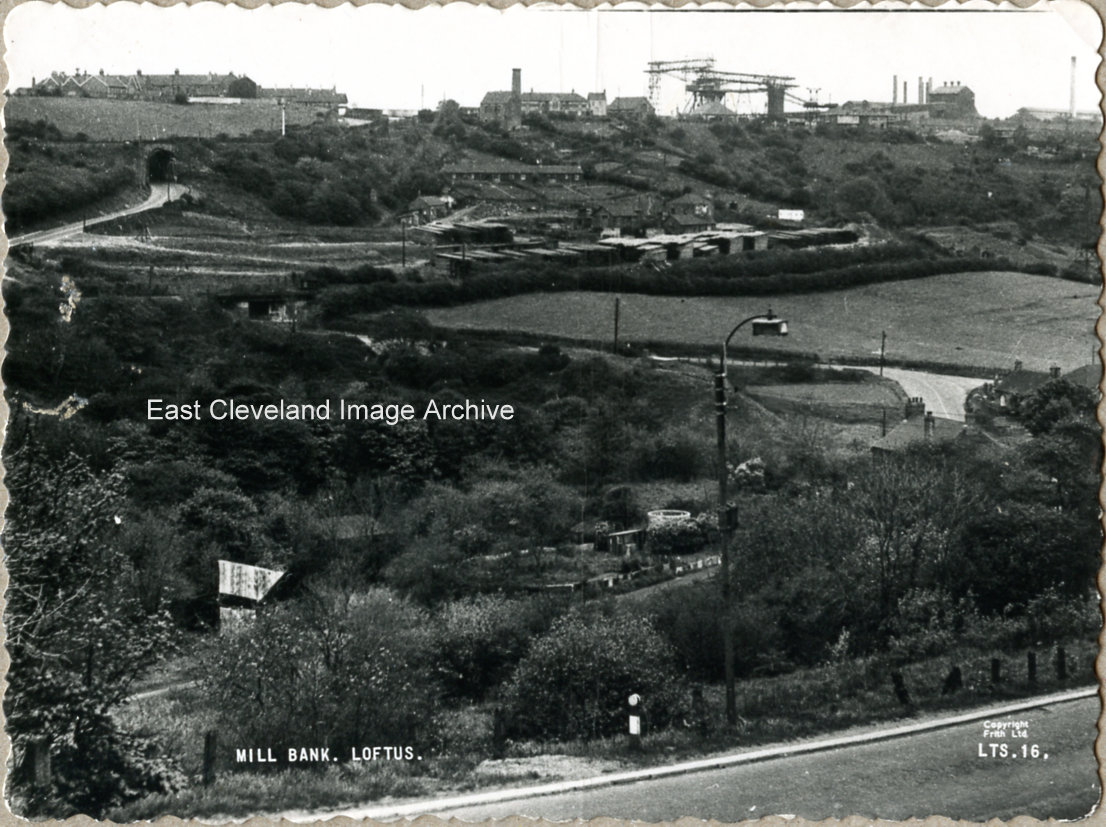
This Frith’s postcard is a view towards Carlin How from Mill bank; we can see the aerial rope way machinery for the buckets of ironstone from the mine to the works. The old North Loftus mine chimney still stands, the head-gear for Carlin How mine (Duck Hole) has disappeared; it closed in 1945. The railway bridge over Carlin How hairpin bend part of the zig zag line down to Skinningrove is still standing (removed in 1958); as is the old road bridge further up the bank.
Image courtesy of Tina Dowey.
|
|
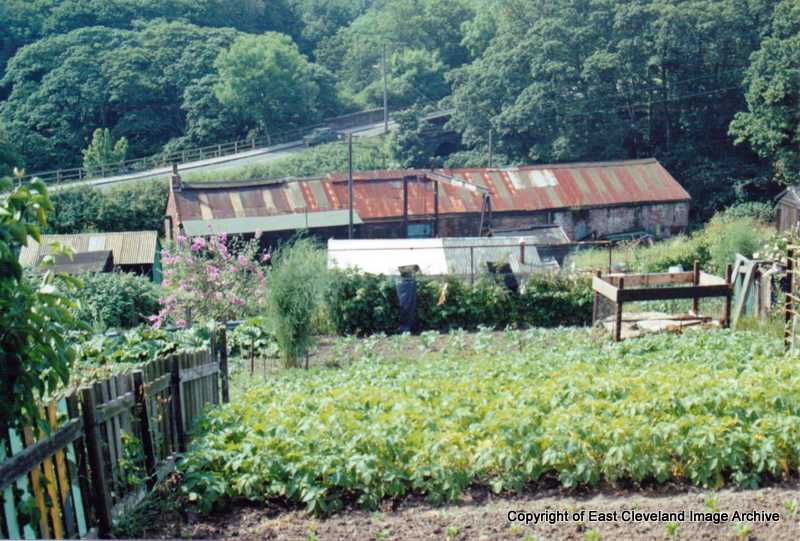
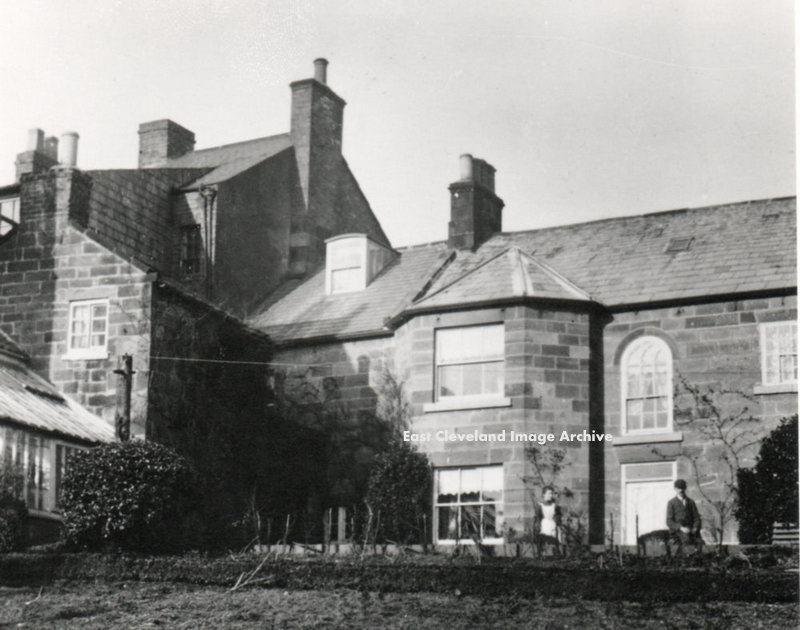

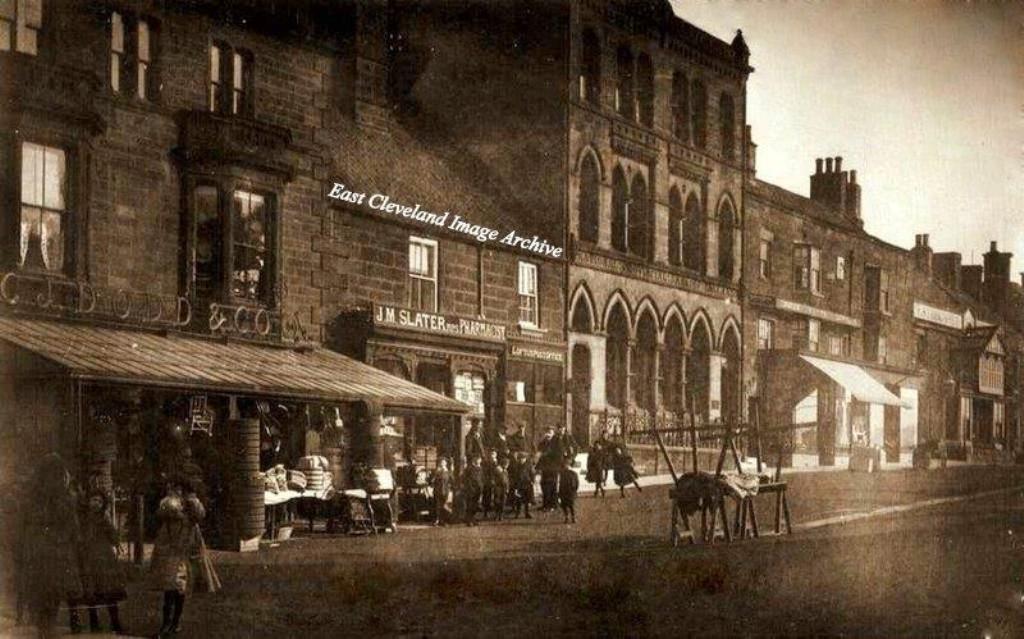
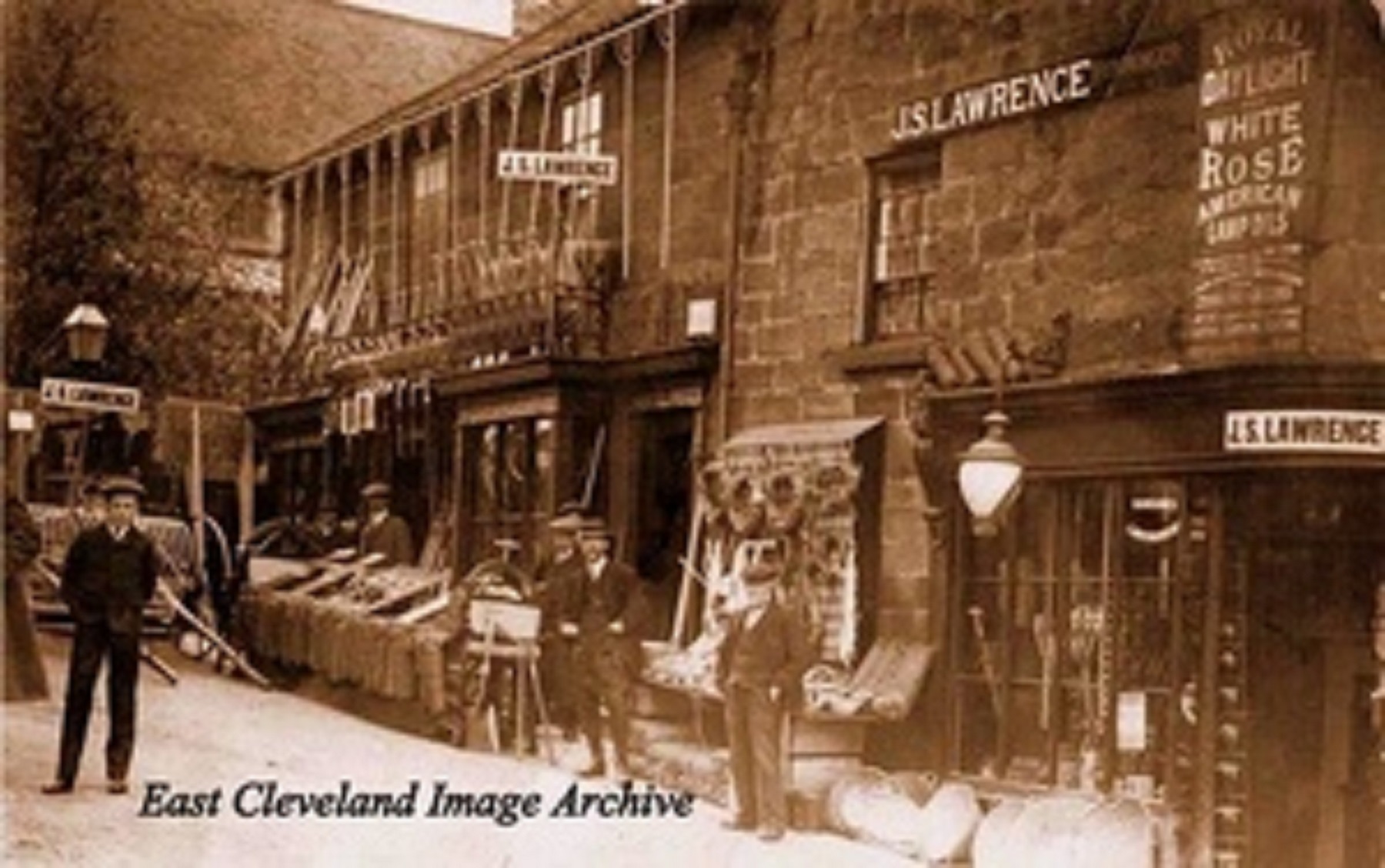

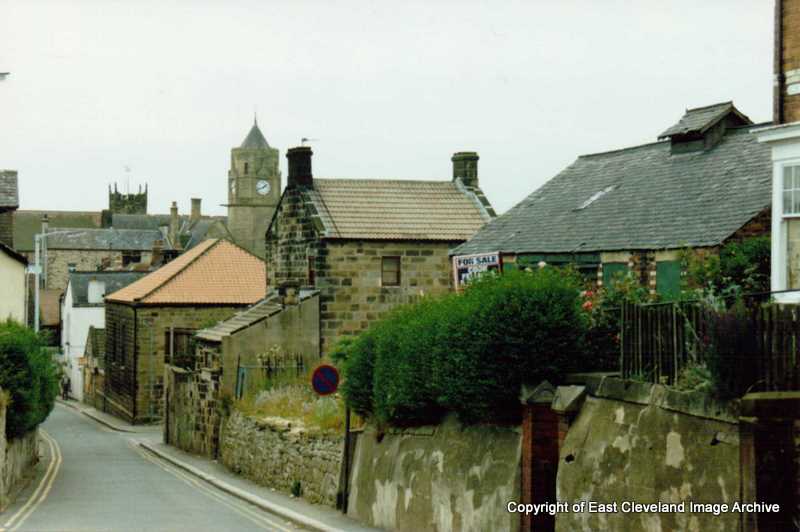
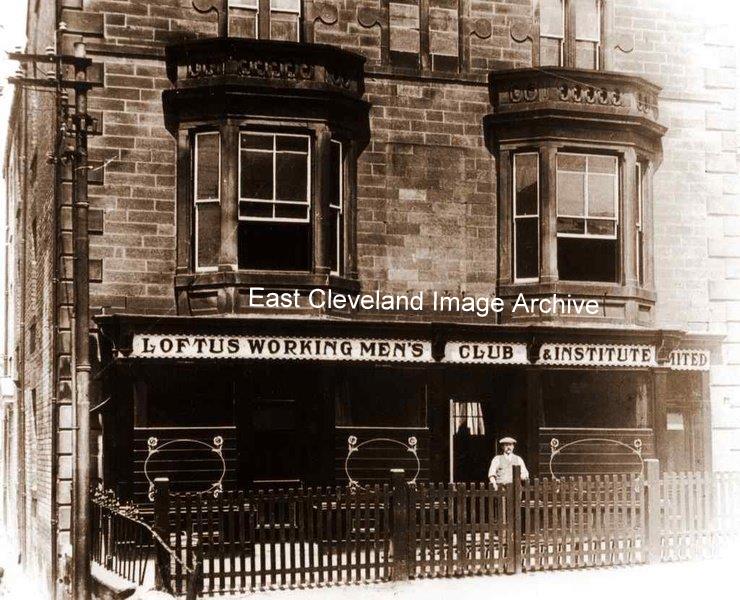
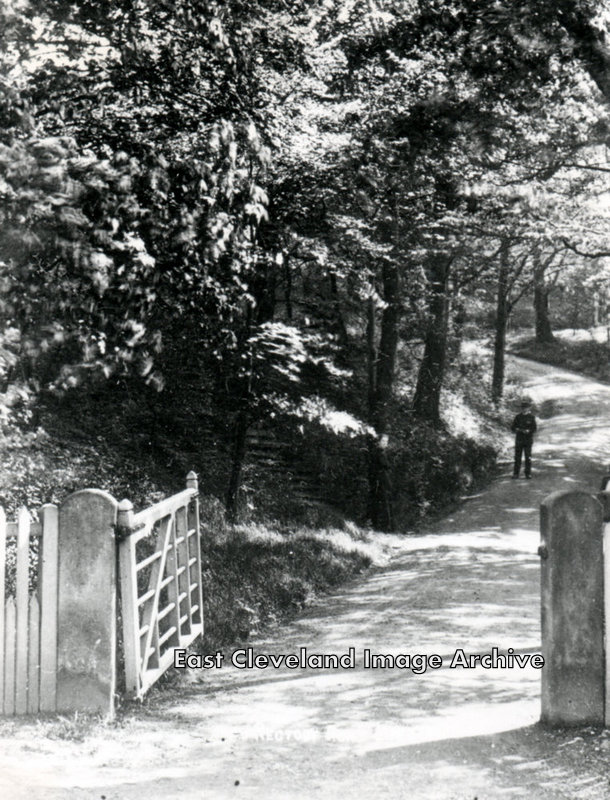

Recent Comments